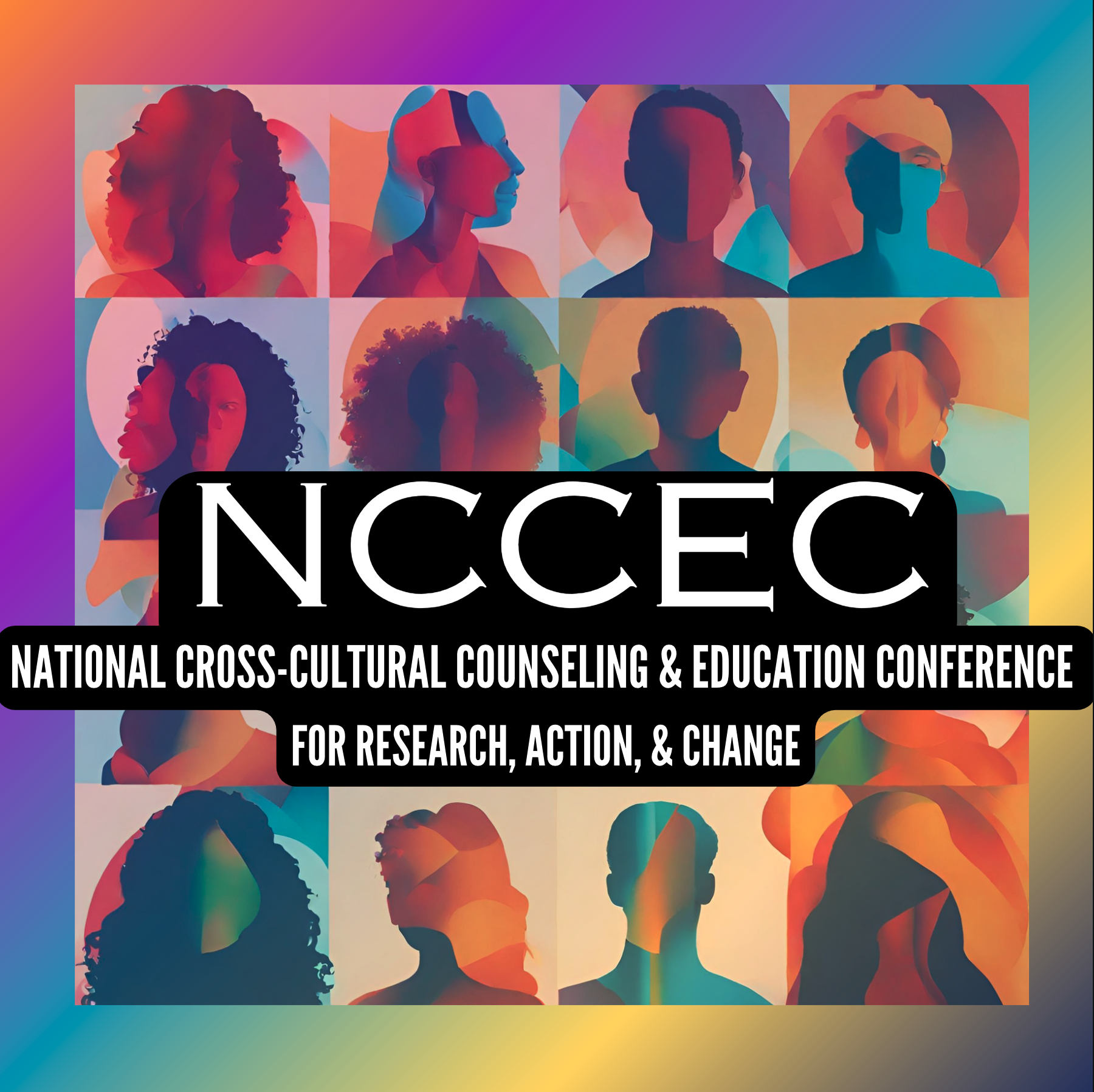Education and aspiration of African American students in rural south Georgia
Conference Strand
Identity Formation
Abstract
Contemplating direction after high school is a dilemma met with uncertainty, fear and overwhelming options for many high school seniors approaching graduation. This is particularly the case in rural counties where there are limited opportunities for employment. The goal of this research is to examine the influence of the rural context on African American students’ choices for post-secondary options.
Evidence
Burnell, B. (2003). The “Real World” aspirations of work-bound rural students. Journal of Research in Rural Education, 18(2), 104-113.
Burkes, B. (1997). Unity and diversity through education: A comparison of the through for W.E.B. Dubious and John Dewey. Journal of Thought (Spring), 99-110.
Cavana, R. Y., Delahaye, B. L., & Sekaran, U. (2001). Applied business research: Qualitative and quantative methods. Sydney: John Wiley & Son.
Cole, M. (2010). What’s culture got to do with it? Educational research as a necessarily interdisciplinary enterprise. Educational Research, 39, 461-470.
Crockett, L. J. & Crouder, A. C. (1995). Pathways through adolescence: Individual development in relation to social contexts. Mahwah, NJ: Lawrence Erlbaum Associates.
Griffin, D., Hutchins, B.C., & Meece, J.L. (2001). Where do rural high school students go to find information about their futures? Journal of Counseling & Development, 89(2) 172-181.
Hecktner, J.M. (1995). When moving up implies moving out: Rural adolescent conflict in the transition to adulthood. Journal of Research in Rural Education, 11(1), 3-14.
Howley, C. B. (1997). How to make rural education research rural: an essay at practical advice. Journal of Research in Rural Education, 13(2), 131-138.
Howley, C. W, (2006). Remote possibilities: Rural children’s educational aspirations. Peabody Journal of Education, 81(2), 62-80.
Markus, H., & Nurius, P. (1986). Possible Selves. American Psychologist, 41 (9), 954-969.
Format
Individual Presentations
Biographical Sketch
Meca Williams-Johnson, PhD
Dr. Williams-Johnson investigates emotions in teaching and learning, efficacy beliefs in students and teachers, African American homeschool families . Over the past 15 years, Dr. Williams-Johnson has contributed eight articles, seven book chapters and six national presentations on research exploring efficacy beliefs and undergraduate research. The more recent publications or presentations are listed below.
Harris, K., Williams-Johnson, M. & Sparkman, D. (2019). Innovation in preservice teacher preparatioUndergraduate research in special education. Journal of Transformative Learning, 5, 2.
Williams-Johnson, M. (2016, August) Research efficacy beliefs among undergraduate students. Paper presentation at the American Psychological Association Meeting. Denver, CO.
Williams-Johnson, M. (2010, August). Examining self-efficacy in diverse contexts. American Psychological Association Annual Meeting. San Diego, CA.
Fields-Smith, C., & Williams-Johnson, M. (2009). Motivations, sacrifices and challenges: Black parents' decisions to home school. Urban Review, 41, 369-389.
Kelly Childers, MS
Ed.S. School Psychology Candidate '21 at Georgia Soutern University.
Graduate Assistant, Dept. of Curriculum, Foundations, & Reading
Location
Session Four Breakouts: Embassy Suites Salon A
Start Date
2-7-2020 4:00 PM
End Date
2-7-2020 5:15 PM
Recommended Citation
Williams-Johnson, Meca and Childers, Kelly, "Education and aspiration of African American students in rural south Georgia" (2020). National Cross-Cultural Counseling and Education Conference for Research, Action, and Change. 17.
https://digitalcommons.georgiasouthern.edu/ccec/2020/2020/17
Education and aspiration of African American students in rural south Georgia
Session Four Breakouts: Embassy Suites Salon A
Contemplating direction after high school is a dilemma met with uncertainty, fear and overwhelming options for many high school seniors approaching graduation. This is particularly the case in rural counties where there are limited opportunities for employment. The goal of this research is to examine the influence of the rural context on African American students’ choices for post-secondary options.

Description
All adolescents explore questions of identity and what possibilities are available in their future, but as psychologist Beverly Tatum (1997) explains, it is different for African Americans. When students become self-conscious about their appearance and concerned with what their peers think, their personal search is in the context of race. Pedro Noguera (2008) describes the emerging awareness of race as one of the most difficult periods for young people. He believes that racial identity is context-dependent for young students. They become aware of race at an earlier age if they reside in diverse communities or attend diverse schools. Although students who are in homogeneous settings may view their race as the norm, eventually they will be faced with race issues because our society uses race to distinguish between groups.
Along with race issues in school Oyserman, Bybee, Terry, and Hart-Johnson (2004) suggest that these minority students may be vulnerable to the stereotypes. For these students to avoid the impact of labels and become academically successful, researchers like Markus and Nurius (1986) believe that they must have self-regulating academic possible selves. Possible selves are the cognitive components of hopes, fears, goals, and threats, and they give specific self-relevant structure, meaning, organization, and direction to these dynamics (Markus & Nurius, 1986). Oyserman, Brickman, and Rhodes (2007) propose that family school involvement positively influences academic achievement and that the higher achieving children exhibit higher school focus and express feared possible selves. Therefore, if students have limited possible images of who they can become, they exert work to achieve only these limited goals. Your goals and aspirations of what one can possibly achieve are different if a student identifies as Young, Gifted and Black than Young, Poor, Rural and Black. This research seeks to expand our knowledge on possible selves and how social context influences students’ decisions for their future.